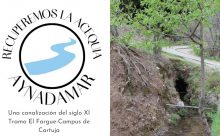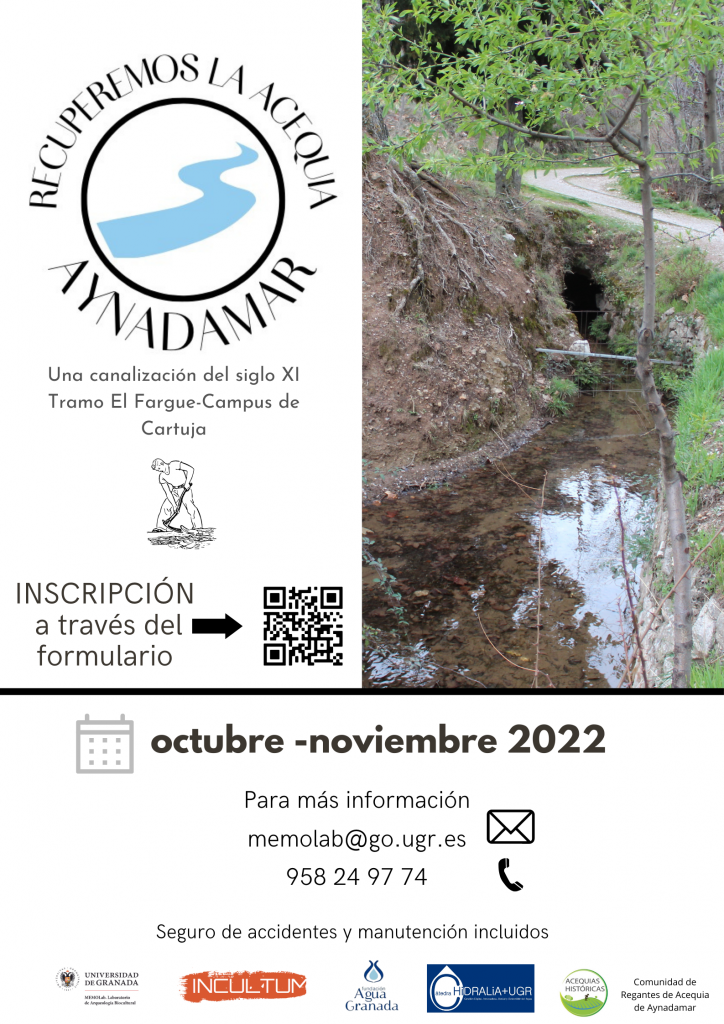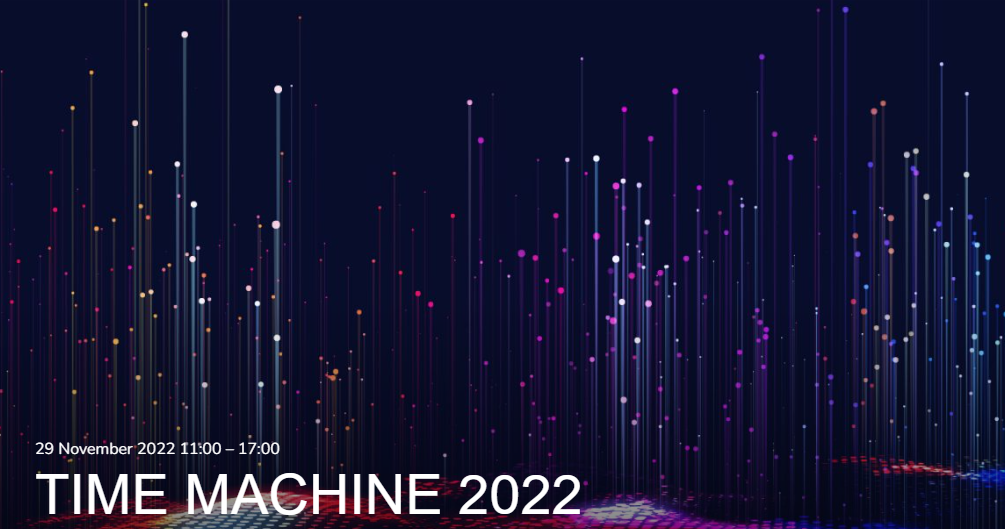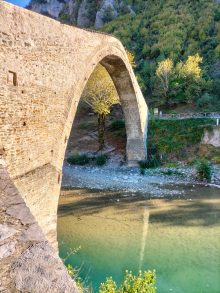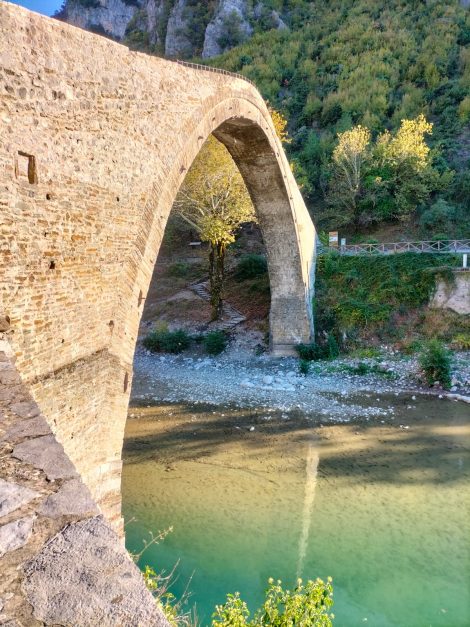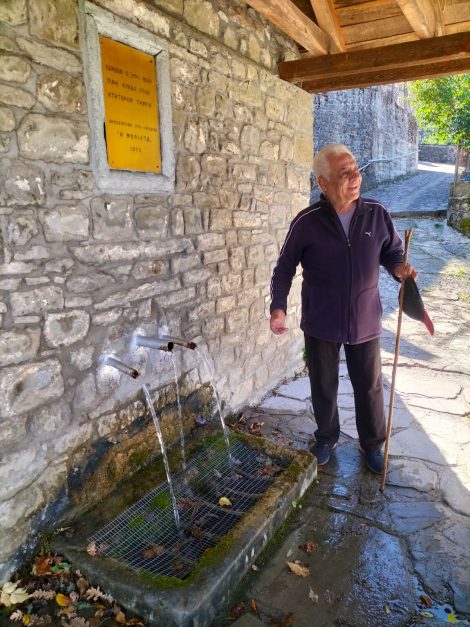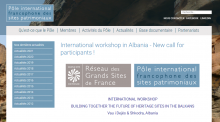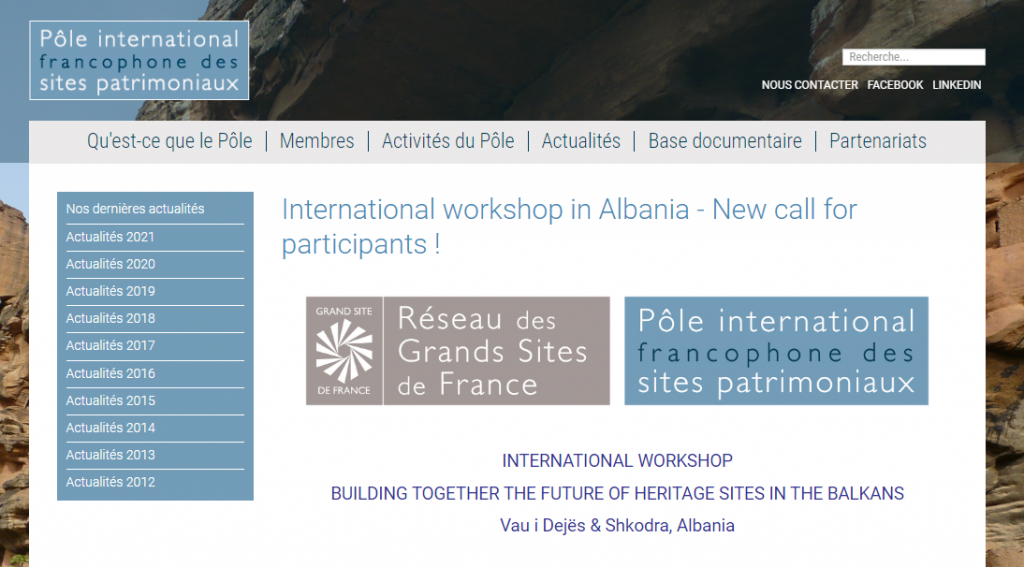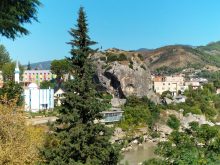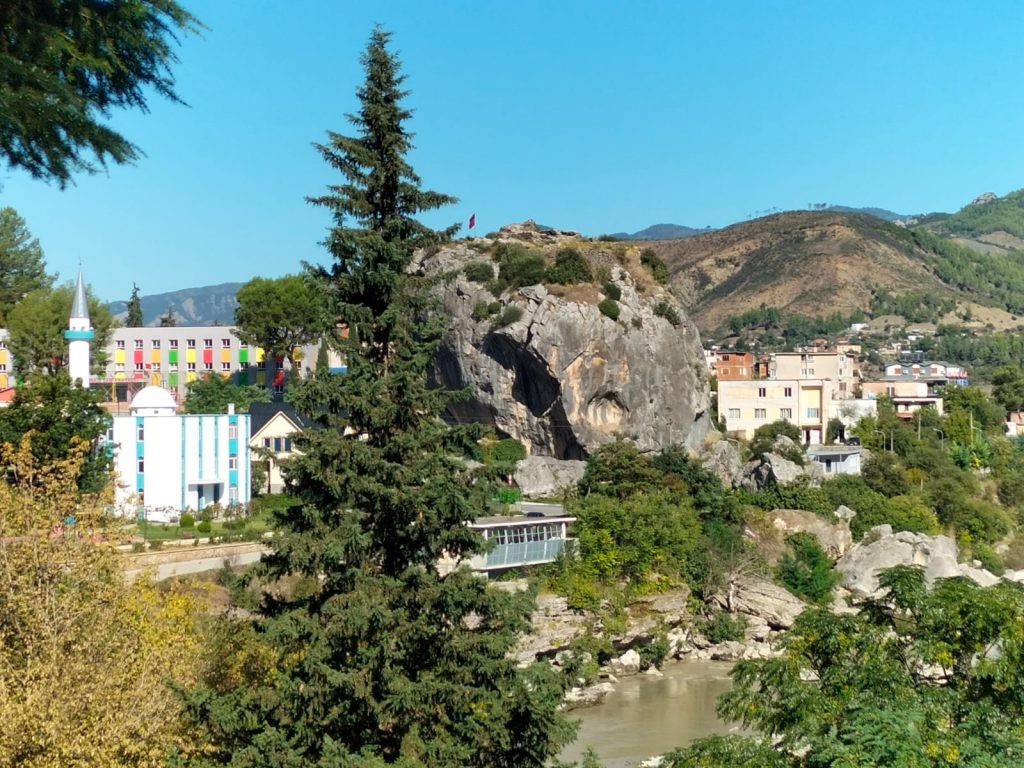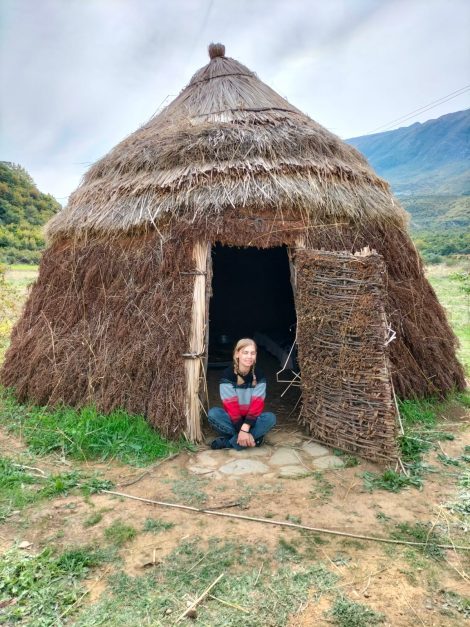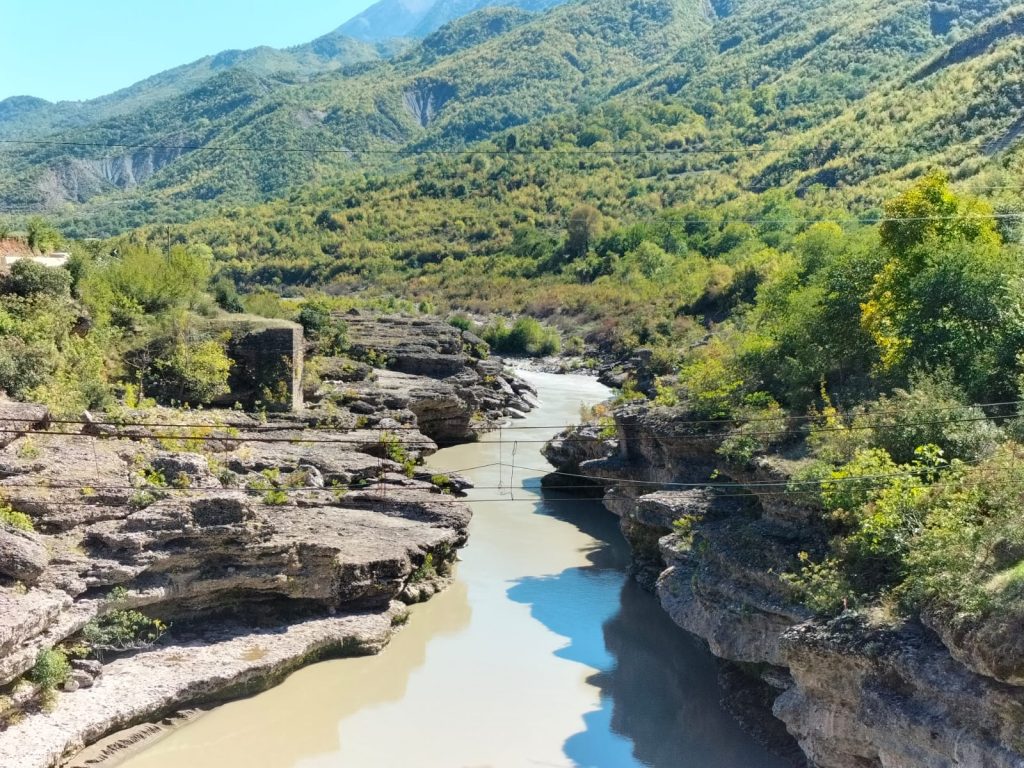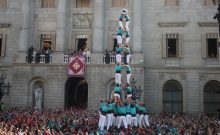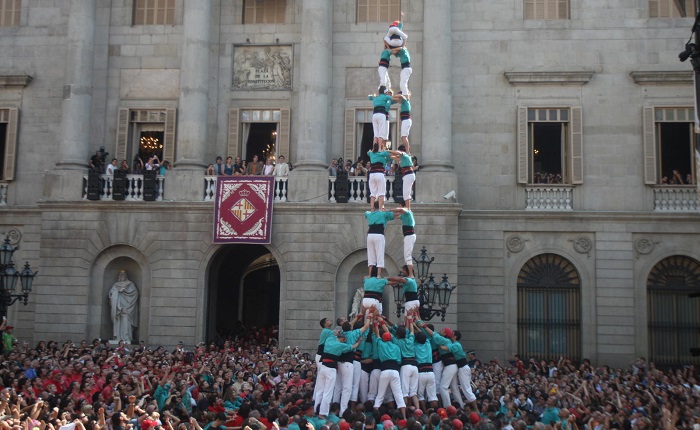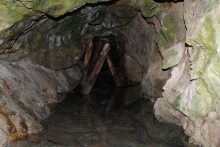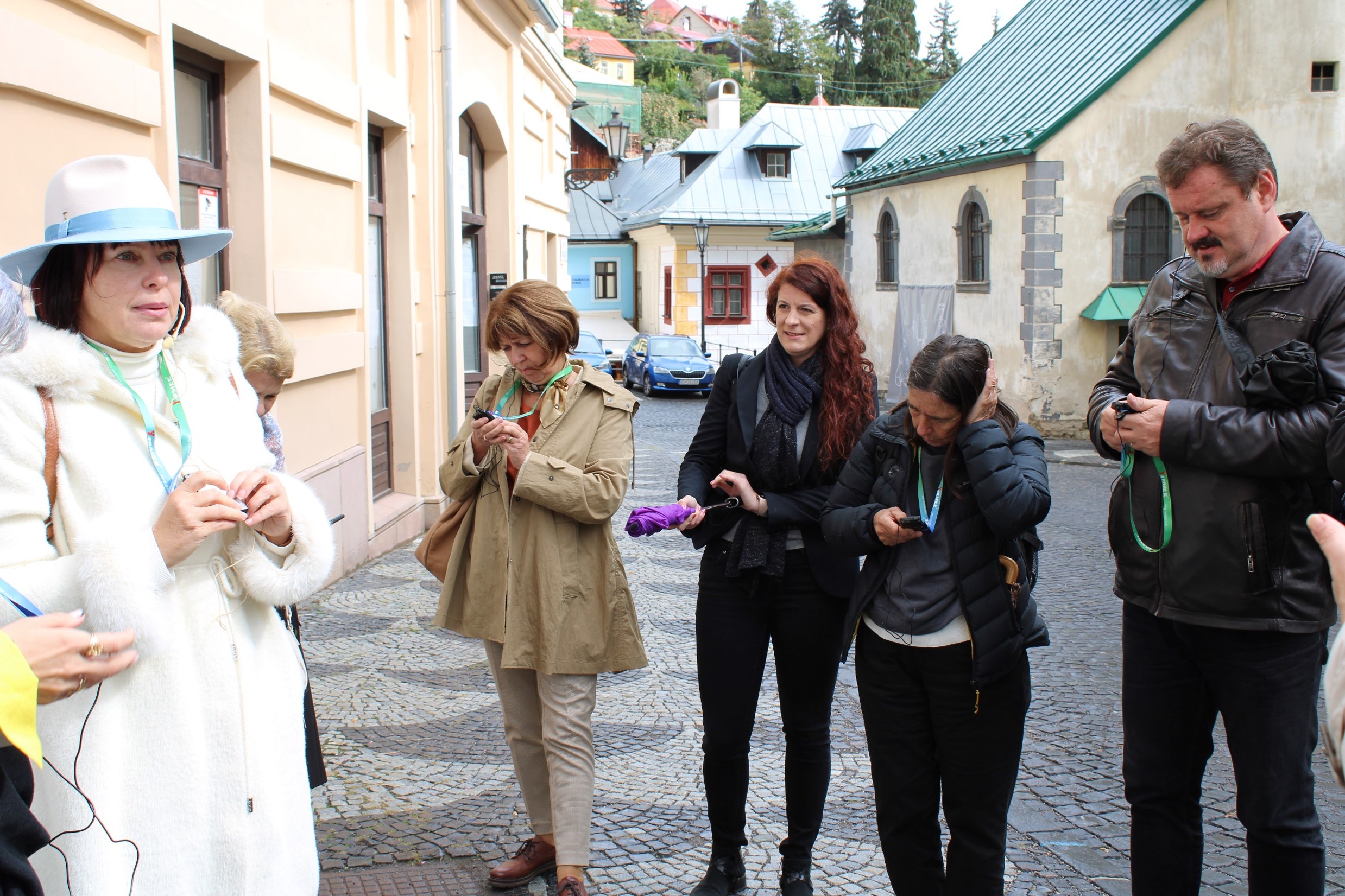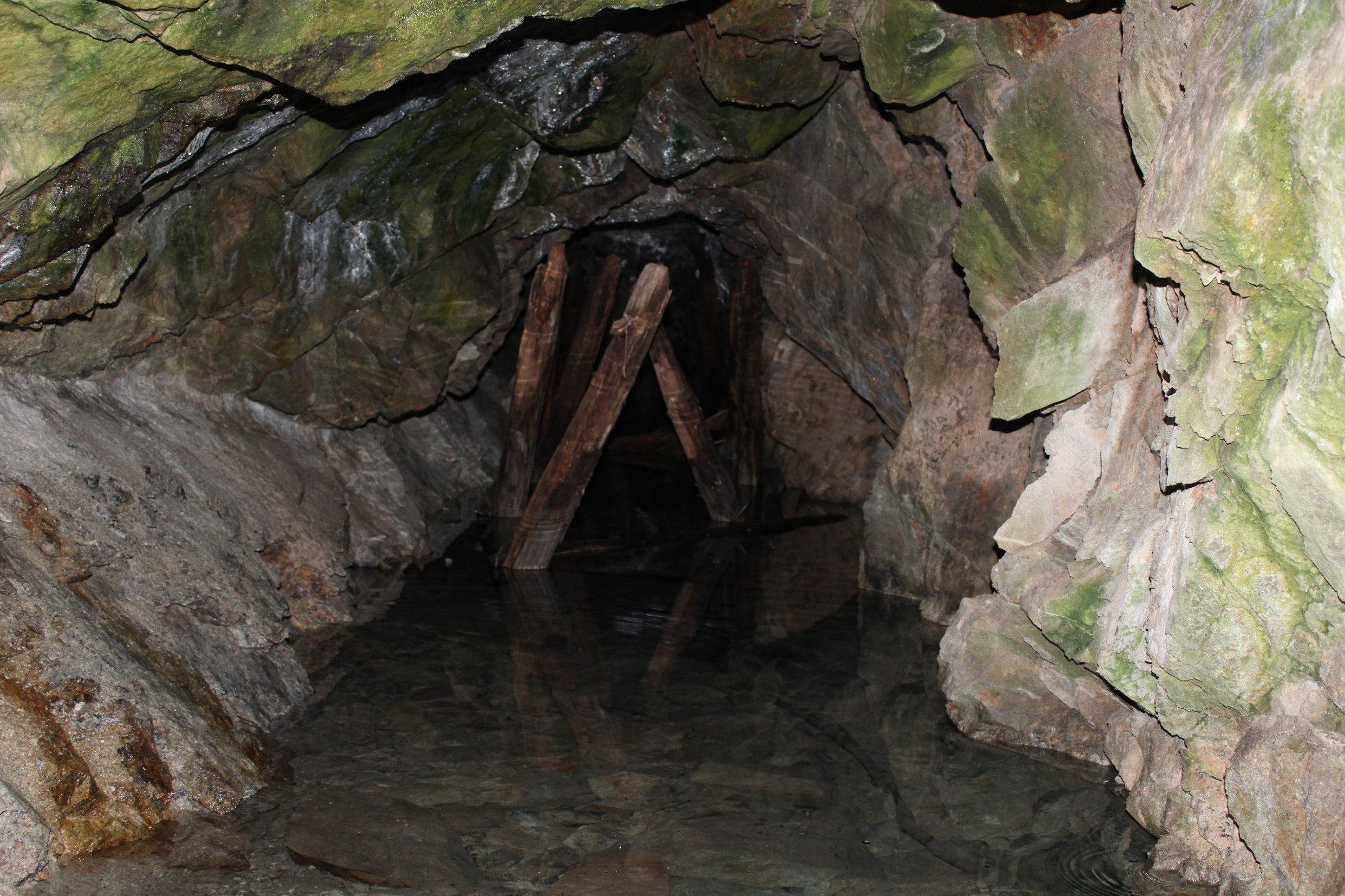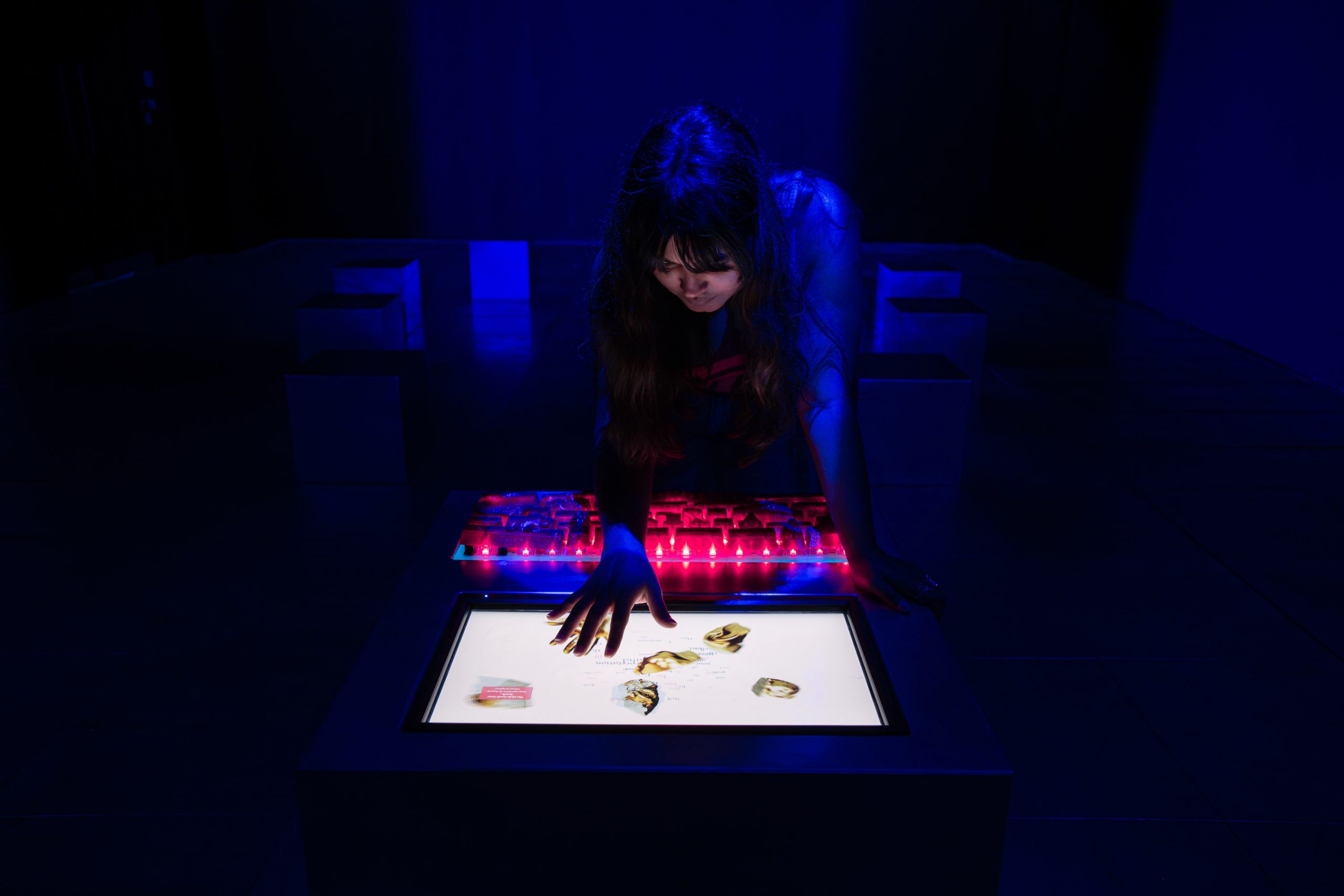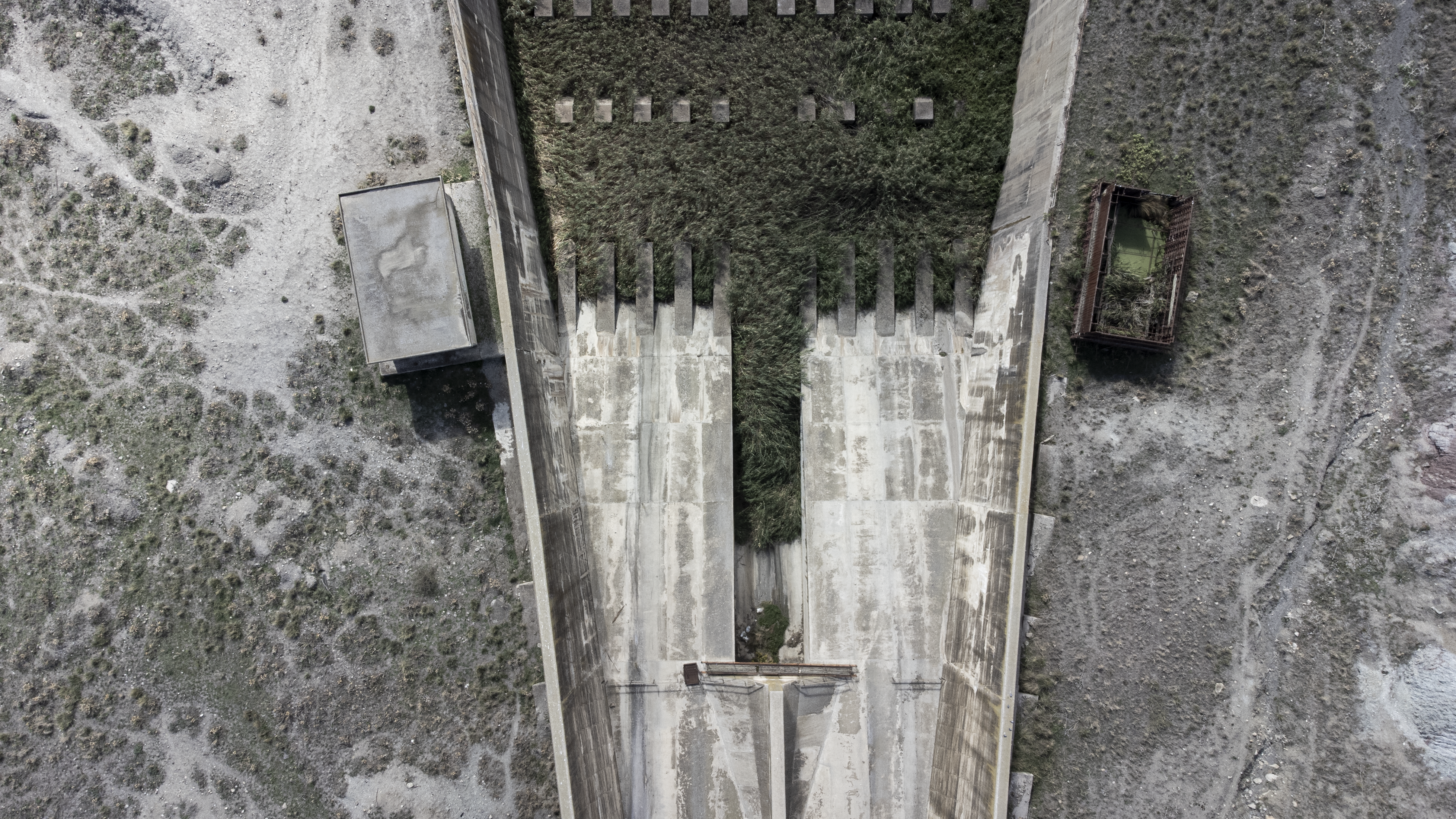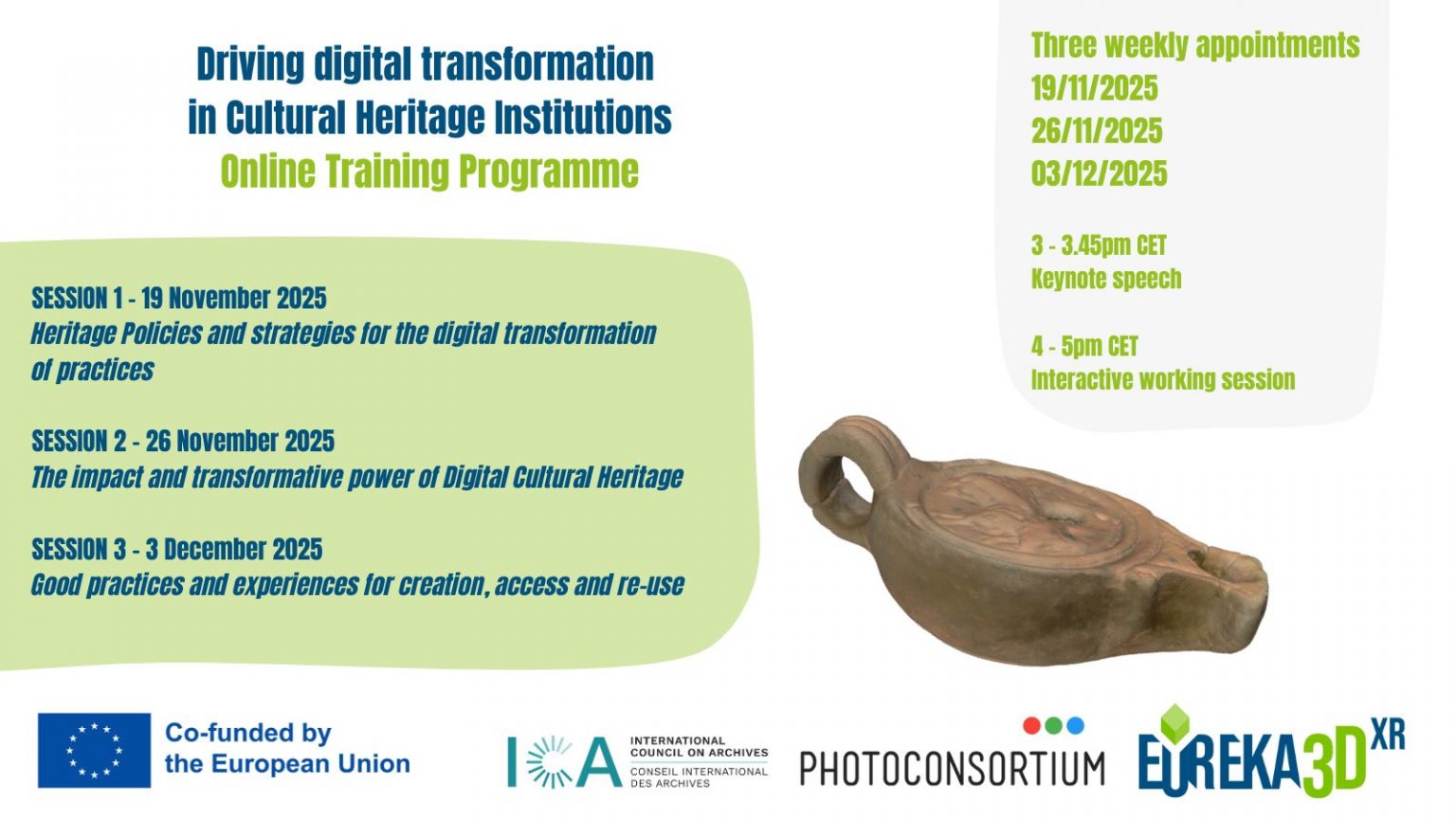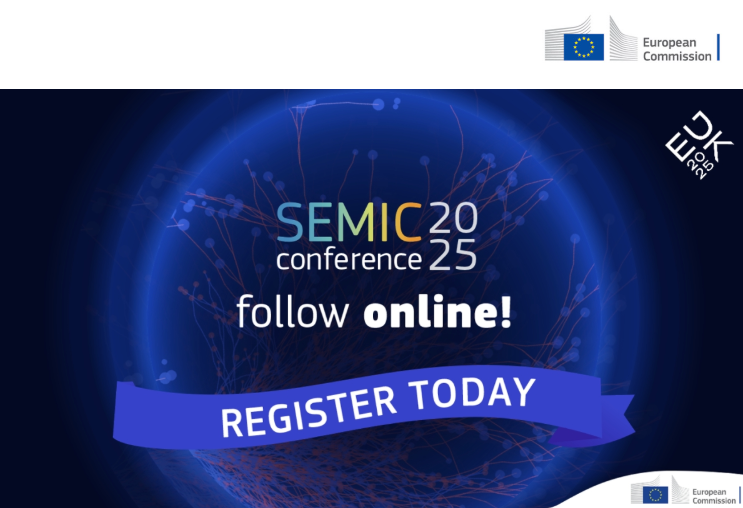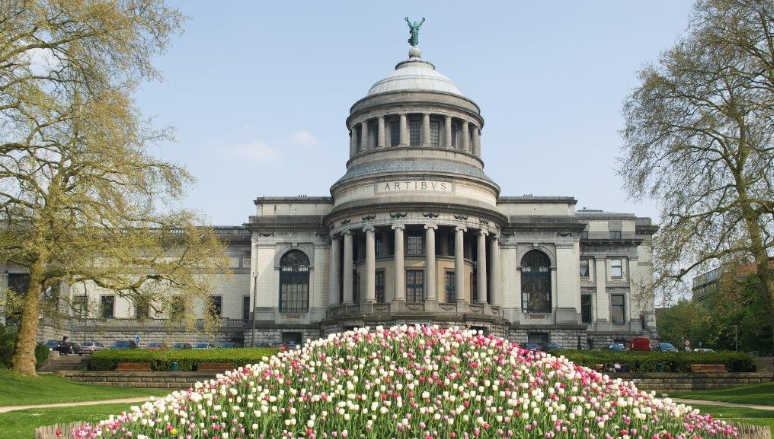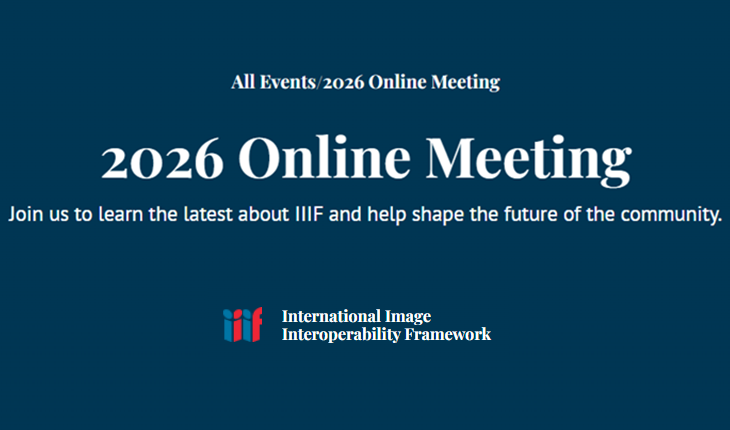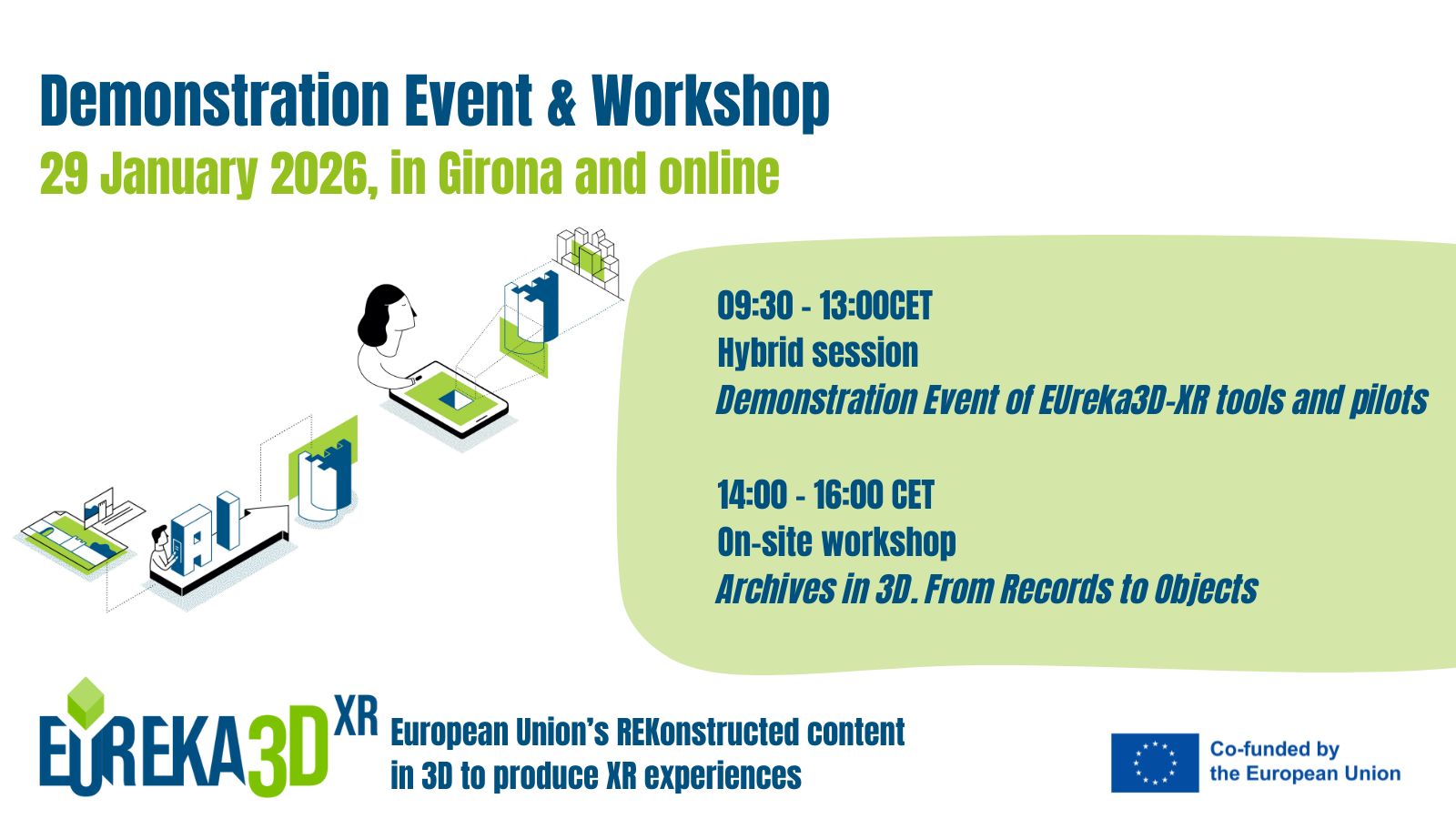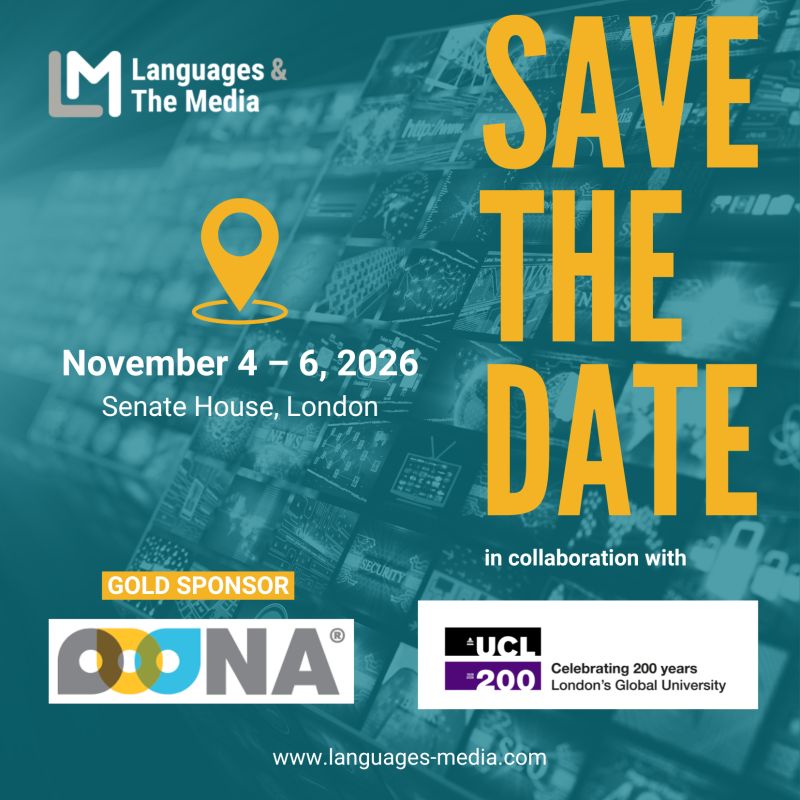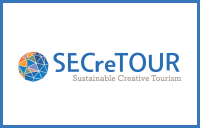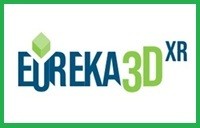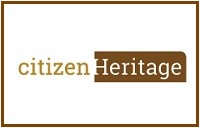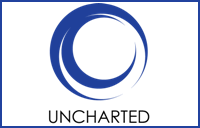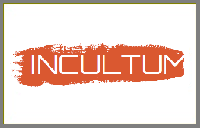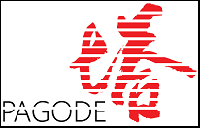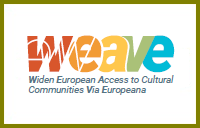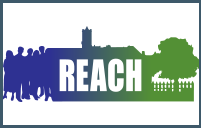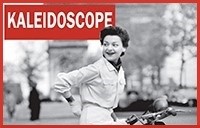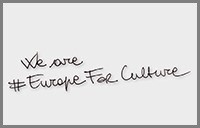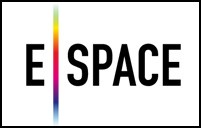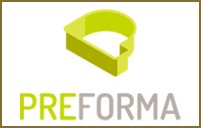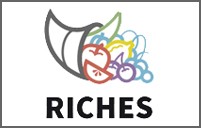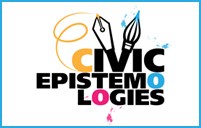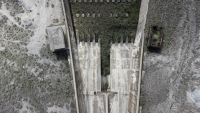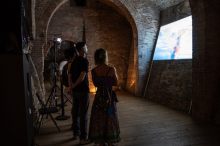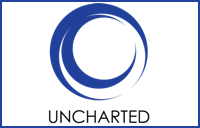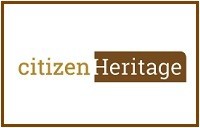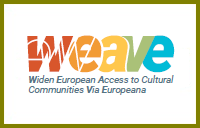
Rugby League Cup final between Bradford Northern , the holders , and Wigan at Wembley Stadium – 29 April 1948 – © TopFoto.co.uk
img: 1398267: Rugby League Cup final between Bradford Northern , the holders , and Wigan at Wembley Stadium – 29 April 1948. TopFoto, In Copyright, Educational reuse permitted.
Looking at photographic collections in particular, it’s a striking realisation that physical prints or negatives are tangible representations of immaterial narratives, while the depictions, the images themselves, are recordings of moments that carry an essence of tangibility. Ironically, the digital transfer of an image re-renders the tangible carrier into an intangible asset that takes on new life and meaning in the even less material ‘cloud’.
Talking about and working with intangible cultural heritage is a challenging and complex process, as the partners in dedicated efforts such as the WEAVE project – can testify first-hand.
Read the blog published by the WEAVE project editorial team in Europeana to discover how photographic agency TopFoto addressed this challenge:
![]() https://www.europeana.eu/en/blog/the-paradox-of-intangible-heritage
https://www.europeana.eu/en/blog/the-paradox-of-intangible-heritage
This blog is part of WEAVE – Widen European Access to cultural communities Via Europeana: a project funded by the European Commission under the Connecting Europe Facilities (CEF) aimed at developing a framework to link the tangible and intangible heritage of cultural communities.




 The European Commission, on the request of the European Parliament and the Council of the EU, launched an initiative for a digital infrastructure that will connect cultural heritage institutions and professionals across Europe and develop specific digital tools for this sector; this initiative is the European Collaborative Cloud for Cultural Heritage.
The European Commission, on the request of the European Parliament and the Council of the EU, launched an initiative for a digital infrastructure that will connect cultural heritage institutions and professionals across Europe and develop specific digital tools for this sector; this initiative is the European Collaborative Cloud for Cultural Heritage.